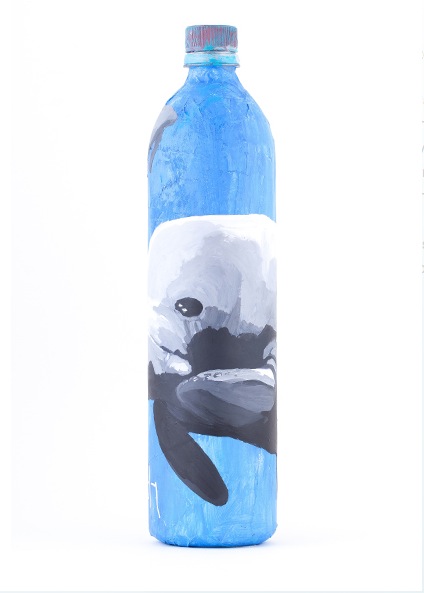If you walk on a Florida beach or go boating near a mangrove shoreline keep an eye for one of these:
As part of an independent oceanographic experiment (not affiliated with any institution), I released 500 thumb-sized vials from an undisclosed Florida location. Each of them carries a message: call home.
If you find them, call the phone number or email on the label. You will be asked where, when and in what condition you found the tiny messenger. Also, you will be asked to provide the code. Each one of them carries a unique code.
On December 15, 2012 all recovered codes will be entered in a raffle, for a chance to win a small reward.
Your participation will allow scientists like me to better understand oceanographic patterns in Florida’s coastal ecosystems.
Environmental impact
The vials are recycled plastic. Inside there’s a clear liquid which is double filtered freshwater, completely harmless.
Before conducting the oceanographic experiment, I made sure I minimized the environmental footprint of the experiment. Other oceanographers in the past have used glass in similar experiments. I decided glass will be too much of a hazard because it might break, and for that reason I chose plastic.
The plastic is clinical grade and recycled, so it does not release any chemicals and it’s inert (the kind of plastic used in high-precision medical tests). To account for plastic vials that won’t be recovered, I have already committed to additional coastal cleaning activities, on top of my regular beach cleaning I do on my weekends. I regularly collect plastic and other trash as I walk on the beach. I also collect trash when I go SCUBA diving: plastic, cans, fishing line, hooks, etc.
As a rule, I modify oceanographic experiments so they are either pollution-free or I can remediate whatever minimal environmental footprint they might generate.
Related articles
- Landlocked Ocean Love: Go Plastic-Free (sierraclub.typepad.com)
- Shifting tactics in shifting shoals (uwtreasures.wordpress.com)
- Florida Oceanographic celebrates estuaries month, National Estuaries Day (tcpalm.com)



